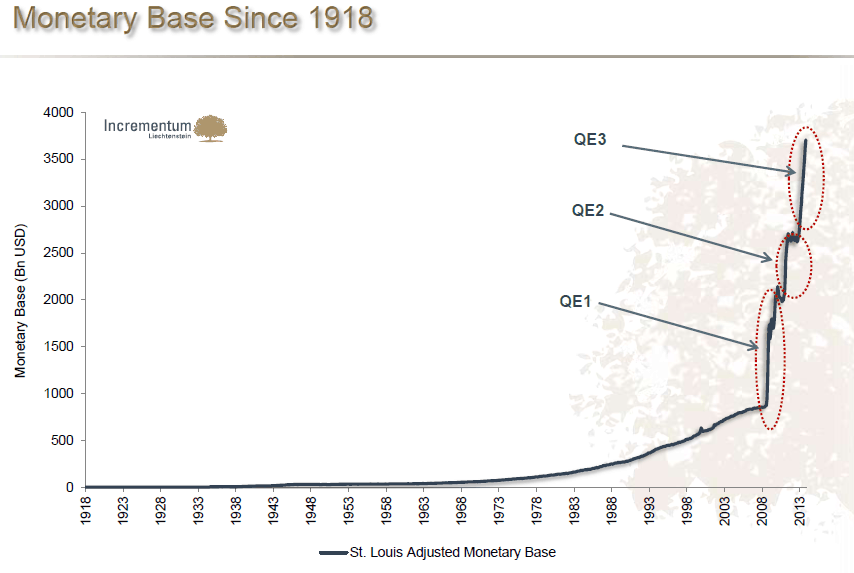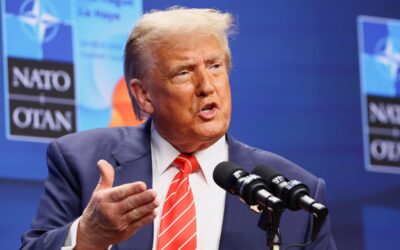When one brings up the “Gold Standard” in discussion nowadays it’s almost treated as quaint. “Oh, I remember reading about that, that was a different time,” or, “Do you know how much “wealth” has been created since we abandoned that dinosaur?” And that’s just with the “normie” crowd. Don’t you dare get the cryptocurrency people going.
In the past, the GS was of such importance that it became a phrase in popular culture to describe everything from household products, to the performance of elite athletes. It is still used in that way to describe those things, so why has its original purpose been abandoned?
For the sake of this article we will use the standard that was in place from 1840-1910 (excluding its suspension during the Civil War, this point will be made later) when if one had a piece of legal tender it could be traded at a bank for its set price in gold or silver.
Understanding 100% gold backed money is most simply comprehended by imagining that you decided to create your own currency that had to be backed by something of value. If the only thing you owned that was desirable by others was 50 acres of land (not easy to redeem, but for these purposes), and for every (let’s call them Hayeks) Hayek you printed you backed it up with 1/100th acre of your property, this would mean every Hayek that you put into circulation reduced the amount of tangible property you owned. It would be incumbent upon you to want to put out only as much currency as was necessary to meet your needs. In this scenario it is clear that your Hayeks act as IOUs and anyone possessing them can come to collect their goods. Gold backed “dollars” perform the same function. As can be deduced, a government that issues “hard money” is more likely to print only so much as it needs to perform its duties lest it watches its historically accepted wealth dwindle away.
The common, and desirable gold standard, was abandoned in 1933 when newly elected President Roosevelt ordered all privately held gold confiscated after there was a bank run to redeem gold for dollars during the depression. In 1944, with the Bretton Woods system, FDR re-instituted the gold standard although it made is so that only governments could redeem U.S. dollars in gold. In 1971 the Bretton Woods system was terminated rendering the dollar officially fiat currency (without intrinsic value).
So, why would a country want to abandon “hard money?”
To Wage War
Murray Rothbard writes in “The Case for a Genuine Gold Dollar” that prices during the mid to late 1800s fell because the dollar was tied to gold. That makes sense as there is no fluctuation in value and America’s economy was booming causing certain staples to become less scarce.
Soon after Lincoln decided to go to war with the South, the gold standard was abandoned. Rothbard reports a period of price inflation. Lincoln started to issue “greenbacks” which were backed by nothing but the “credibility” of the U.S. government. This would become a theme after 1971.
Fast forwarding to Iraq War 1, according to the Federal Reserve bank of St. Louis, in January of 1991 there were approximately 283 billion dollars in circulation. As the 90s progressed and the government instituted the blockade in Iraq, the Kosovo conflicts and various skirmishes, by November 2000, that number climbs to 576 billion, more than doubling.
Now we come to post 9/11. On September 12, 2001, the money supply was at 613 billion. On March 19th, 2003, dollars in circulation were at 683 billion. Jumping to the start of the Iraqi surge in January 2007, we are now at 801 billion.
The United States decided to personally make the business of the Middle East something they had to be in the thick of, and over the span of 16 years (1991-2007) the money supply almost tripled. If the currency had remained hard money during that period, would this be a likely scenario? History says, “no.”
Taking all of that into consideration, Vietnam was started while the U.S was still under the aforementioned Bretton Woods system. Was there a currency increase from 1965-1971? In 1965, 163 billion dollars were in circulation. By 1971, the year the last vestiges of the GS were abandoned, it had grown to 223 billion. In contrast, from 1960-1965, the money supply only grew by 23 billion.
To Fix Their Own Mistakes
In response to the late 90s/early 2000’s “tech bubble,” New York Times columnist, and Nobel Prize winner, Paul Krugman stated, “To fight this recession the Fed needs… soaring household spending to offset moribund business investment. [So] Alan Greenspan needs to create a housing bubble to replace the Nasdaq bubble.” And boy, did he!
In layman’s terms, the U.S. government decided that everyone deserves to own a house, so they guaranteed loans by private lenders. This meant that banks could lend to people who historically would not have qualified for a loan. As late as the 1980s, it was common that anyone who wished to purchase a home would have come up with 20% of the asking price as a down payment. This was abandoned for several reasons, but as the documentary “The Bubble” points out, they were mostly political. Everything from trying to gain political favor, to answering cries of “racism” in home sales was invoked. As anyone who experienced the 2008 housing crisis remembers, it caused numerous people serious financial hardship negating any “good intentions” politicians may have had. Setting aside the reasons for this crisis, let’s look at how the government responded to the Frankenstein monster they created.
The public quickly became familiar with the term “quantitative easing.” Quantitative easing (QE) is an unconventional monetary policy used by central banks to stimulate the national economy when conventional monetary policy has become ineffective. A central bank implements QE by buying financial assets from commercial banks and other private institutions, thus creating money and injecting a predetermined quantity of money into the economy. QE increases the excess reserves of the banks, and raises the prices of the financial assets bought, which lowers their yield.
Normally, when the Federal Reserve buys bonds its intention is to lower interbank interest rates and increase the money supply. As opposed, QE happens because interest rates are already at 0% so the only purpose is to increase the money supply. If you remember, George W. Bush’s “stimulus plan” was meant to give back a few hundred dollars of the money the government had already stolen from people in the hopes folks would spend it to boost the economy. Properly understood, Obama’s “Cash for Clunkers” program was born out of the same ideology.
What has come to be known as QE1 was started on 11/26/08. It began with the Federal Reserve (FED) buying 600 billion in mortgage backed securities. By its end in June of 2010, the FED raised the money supply from just under a trillion dollars to 2.1 trillion. QE2 lasted seven months between November 2010 and June 2011. Starting with 2 trillion in circulation, it was raised to 2.6 trillion. Less than QE1, but still a bigger jump than was seen all through the 1990s and most of the way through the 2000s. QE3 was implemented in September of 2012. By the end of 2013 the money supply had been increased to 3.6 trillion dollars. On 9/11/01 the money supply was at 613 billion dollars. Twelve years later, because of preemptive wars and government interference in the market, the money supply was increased by 250%!
The numbers above are incomprehensible to most people but simple laws like supply and demand tell you that when the availability of an item becomes more abundant, its value falls.
Getting back to our original subject, the Gold Standard, what would have to be done to back this amount of money with history’s favorite precious metal? An auditing of the FED would be the first step but they, and their fans in the DC power elite, do not want this. Why? That’s always the question, isn’t it? We know the “how.”
It would appear whenever the State’s dreadful monetary policy is discussed, it’s almost inevitable that one looks back and comments, “Maybe that Ron Paul guy was onto something.”







